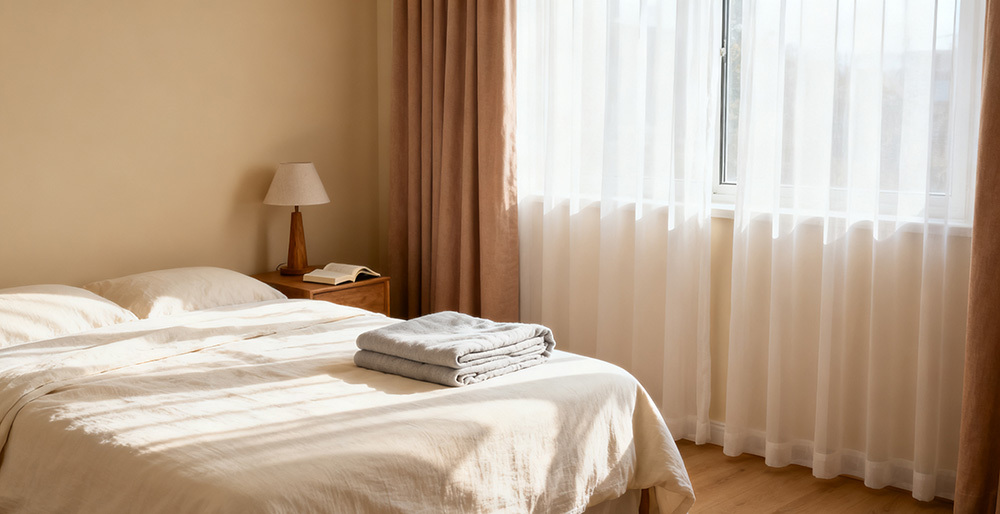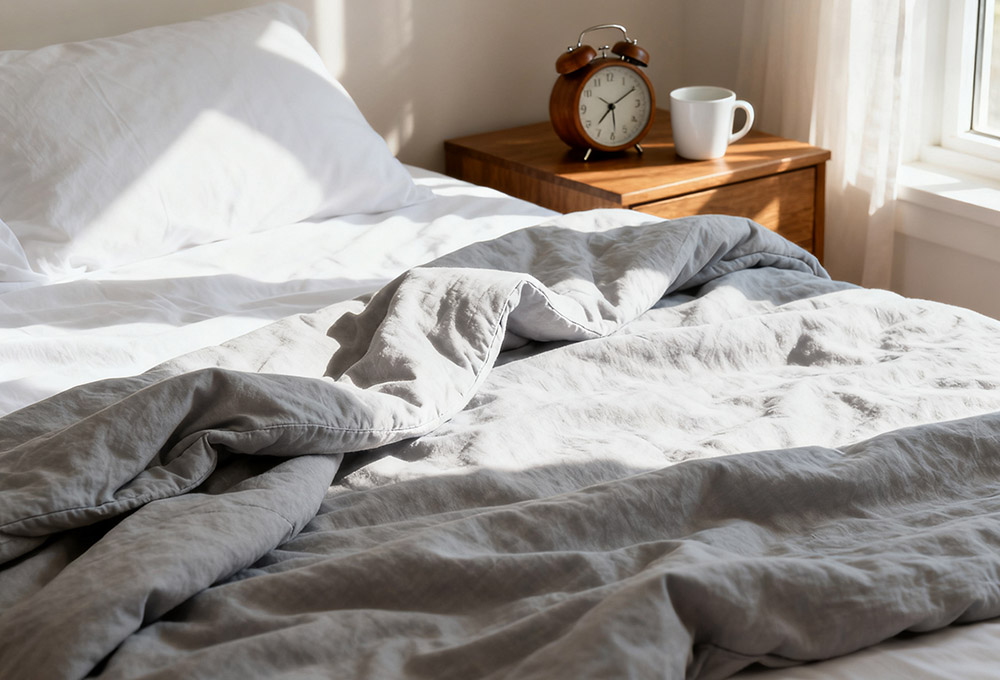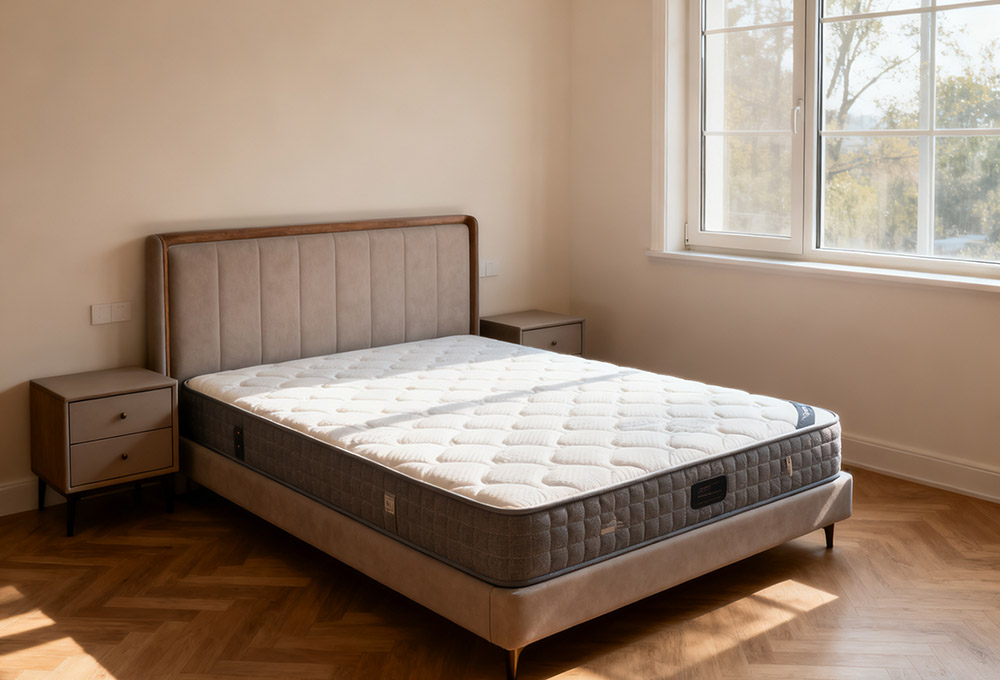How to Get Rid of Bed Bugs in a Mattress?
Waking up with itchy red bites is a common sign of bed bugs. You might also see small dark spots on your sheets. These pests hide well and multiply quickly. This guide explains what bed bugs are and how to eliminate them.

What Are Bed Bugs?
Bed bugs are small, flat insects. They feed on human and animal blood. They are brown and about the size of an apple seed. They cannot fly.
These bugs are most active at night. They bite exposed skin and feed for several minutes. After feeding, their bodies swell and turn darker.
Bed bugs do not spread diseases. However, their bites cause itchy skin and stress. This makes them a serious nuisance in your home.
What Are the Dangers of Bed Bugs?
Bed bugs pose health risks. Their bites are the main problem. The bug's saliva can cause an allergic reaction. This leads to red, itchy bumps on the skin.
Scratching these bites can break the skin. Broken skin can lead to infections. Some people may experience severe swelling.
The infestation also affects mental health. It can cause anxiety and sleeplessness. People may constantly check their beds.
There is also a financial cost. Treatment often requires special supplies or professional help. Sometimes, you must replace infested items.

Do Bed Bugs Hide in Mattresses?
Yes, mattresses are a common hiding spot. They provide easy access to food and dark spaces. Bugs thrive in the warm environment.
They do not burrow inside the mattress. Instead, they hide in seams, edges, and under tags. They also hide in the box spring.
As the infestation grows, bugs spread to the bed frame and headboard. The mattress is usually their primary home. You should inspect it first.
Can New Beds Have Bed Bugs?
New beds can sometimes have bed bugs.
Homemade New Beds have a very low risk. You use new, unused materials. The risk exists only if materials were stored in a contaminated area.
If the disinfection work of the bed manufacturer is not in place, there may be bed bugs in the new bed purchased from the store. If the bed manufacturer responsible for the customer is responsible, they will conduct ground disinfection on the new bed. So when purchasing a new bed, it is recommended to choose a reputable bed manufacturer.

How to Tell If There Are Bed Bugs in Your Bed?
Look for these key signs:
First, check for bite marks on your skin. They often appear as red, itchy bumps in a line or cluster.
Second, inspect your mattress and bedding. Look for the bugs themselves or their tiny white eggs. Pay close attention to seams and tags.
Third, watch for dark stains. These are bug droppings or crushed bugs. The spots are small and dark brown.
Finally, look for shed skins. These are light brown, empty shells. Finding any of these signs means you likely have bed bugs.
How to Treat Bed Bugs in a Mattress?
Use these methods to eliminate bed bugs.
- Vacuum Thoroughly. Wash all bedding in hot water. Vacuum the entire mattress, especially the seams. Empty the vacuum into a sealed bag and discard it outside. Repeat every few days.
- Use High Heat. Bed bugs cannot survive high temperatures. Steam clean your mattress, ensuring the steam penetrates deep. You can also place the mattress in direct sunlight for several hours.
- Apply Insecticide. Use a product labeled for mattresses. Spray a light layer on seams and edges. Let it dry completely before remaking the bed. Repeat the treatment after two weeks.
- Use a Mattress Encasement. This is a special, tight-fitting cover. It traps any remaining bugs inside, where they will starve. Leave it on for at least a year.
- Hire a Professional. For severe infestations, call an expert. They have stronger chemicals and equipment to ensure the bugs are gone.

How to Prevent Bed Bugs in a Mattress
Prevention is easier than treatment.
Inspect all secondhand furniture before bringing it home. Check seams and gaps carefully.
Be cautious when traveling. Check hotel room mattresses and headboards. Keep your suitcase on a luggage rack, not the bed. Wash your clothes in hot water when you return home.
Reduce clutter in your bedroom. Clutter gives bugs more places to hide. Vacuum your mattress and bedroom regularly.
Use a mattress encasement as a protective barrier. It prevents bugs from entering the mattress.
Check your mattress and bedding regularly for early signs. Early detection makes treatment much easier.
Dealing with bed bugs is challenging but possible. Proper treatment and consistent prevention are key. Act quickly at the first sign of an issue. This will help you reclaim a peaceful, bug-free sleep.
